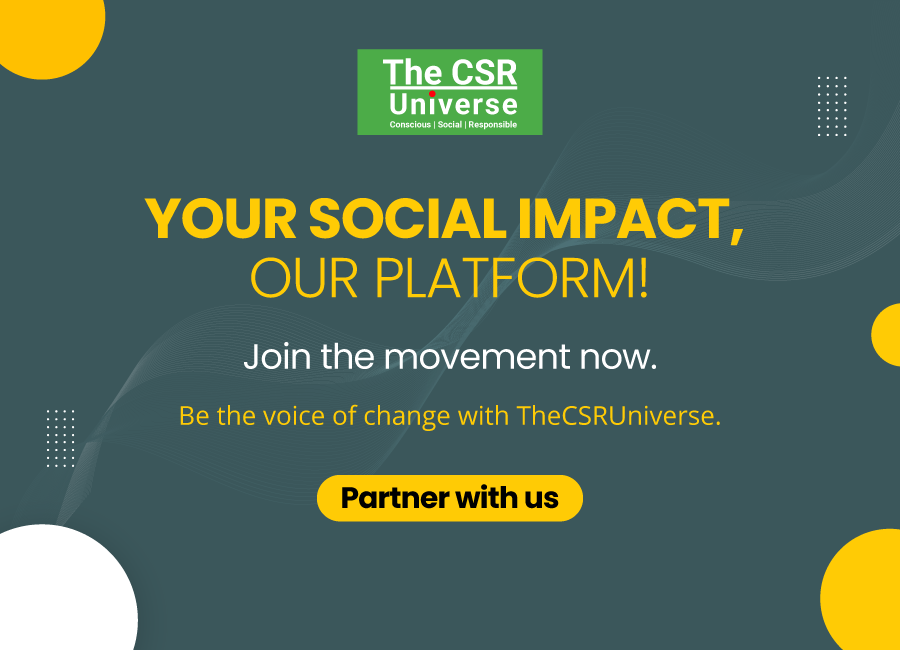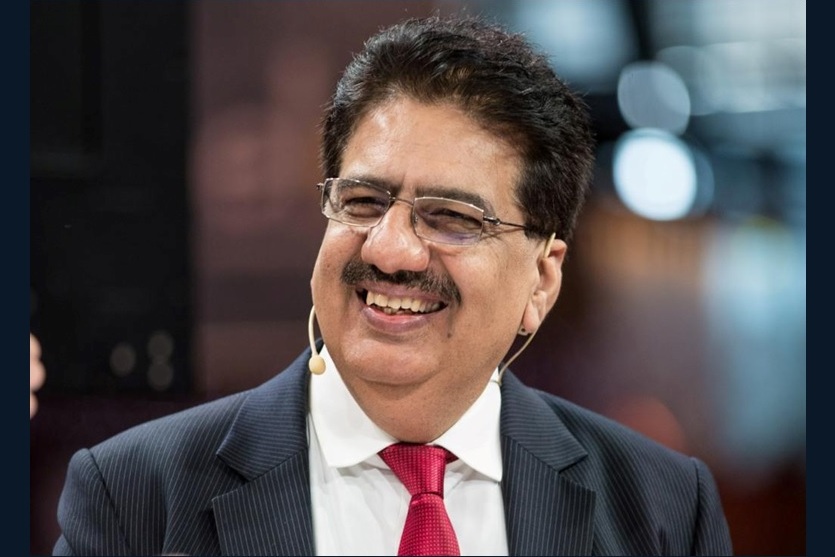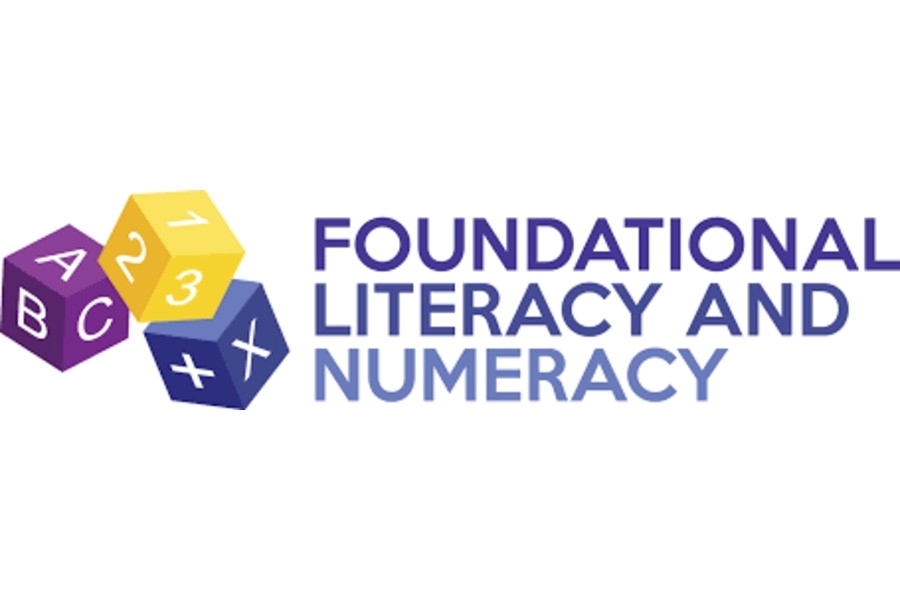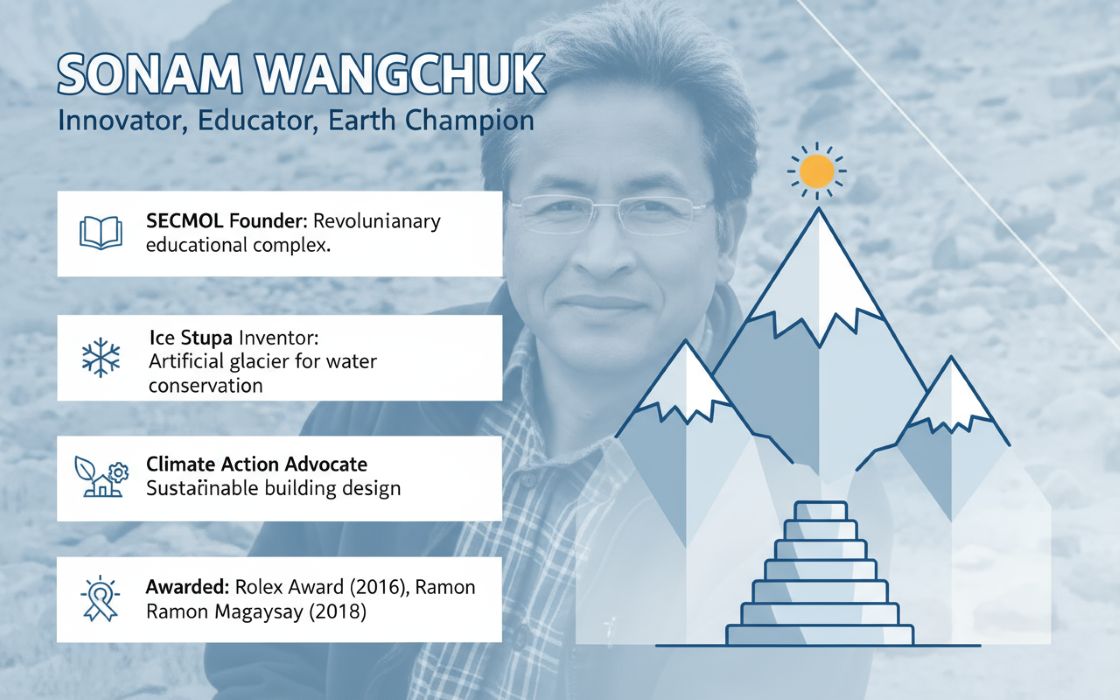Amidst the sweeping changes reshaping India’s economic landscape, a profound challenge persists: millions of young people receive skill training every year, yet too many remain unemployed, revealing a critical disconnect between education and employment. This gap not only stalls individual progress but also limits the nation’s broader ambitions for inclusive growth and development. As technological advancements and market shifts accelerate, the need to ensure that skill development translates into real, sustainable job opportunities has never been greater.
In this context, Manas Raghuvanshi, Director of CSR, BN Welfare Foundation, shares his insights on how corporate social responsibility can bridge this divide. Drawing on his extensive experience in education, skilling, and community programs, he argues that CSR initiatives must evolve from merely increasing training numbers to focusing on verified placements, sustained livelihoods, and alignment with local market demands. He emphasizes employer partnerships, demand-driven curricula, apprenticeships, micro-credentials, and practical support measures as essential components of an outcome-driven approach that transforms skills into real opportunities. Read on to explore his insights on how CSR can truly link skills to opportunities and shape the next chapter of sustainable development.
Linking Skills to Opportunities: The Next Chapter for CSR
In 2019, a group of young graduates in Jharkhand completed a short-term training course in hospitality. They were excited, armed with certificates and new skills. Yet when I met some of them a year later, many were back in their villages, unemployed. Their training was real, but the link to actual opportunities was missing. At the same time, hotels in nearby cities were struggling to fill entry-level roles. This mismatch tells you everything about India’s skilling challenge: it isn’t just about creating skills, it’s about connecting them to real, sustainable opportunities.
From training numbers to employment outcomes
India has poured enormous energy into skilling. Between 2015 and 2023, more than 13 million people were trained under various phases of the Pradhan Mantri Kaushal Vikas Yojana (PMKVY). But placements lagged behind. Government data shows that across PMKVY 1.0–3.0, only about 43 percent of those trained under short-term programs were placed in jobs. Independent studies found lower figures in some regions, pointing to uneven demand alignment. The most recent PMKVY 4.0 has shifted emphasis toward career counseling and local demand orientation, a tacit admission that training alone is not enough.
The labour market picture reinforces this. India’s youth unemployment rate (15–29 years) stood at 10.2 percent in 2023–24, according to official surveys. Worryingly, educated youth form a large share of the unemployed, which means the gap isn’t in schooling but in how education and training connect to work. And the future will only raise the stakes: the World Economic Forum estimates that by 2030, 63 percent of Indian workers will need reskilling to stay relevant as technology reshapes industries.
CSR can be the bridge. In FY24, companies spent nearly ₹18,000 crore on CSR, with education and health consistently taking the largest shares. The Companies Act explicitly lists “employment enhancing vocational skills” as an eligible activity. Yet much of the money spent on education stops at scholarships or basic infrastructure. The opportunity now is to channel CSR into employability-linked skilling that measures success not in training headcounts but in verified placements and sustained livelihoods.
Designing for demand, not supply
So what would an “opportunity-first” CSR approach look like? Three principles stand out.
Start with demand mapping. Instead of training first and hoping for jobs later, CSR projects need to begin by mapping vacancies at the district level. For example, logistics and warehousing roles cluster along freight corridors, EV maintenance and component jobs are rising in auto hubs like Pune and Hosur, healthcare support roles are in demand across Tier-2 and Tier-3 cities, and BFSI sales positions are growing in urbanizing districts. Matching training modules with these live demand clusters ensures that the supply of skilled workers has a ready market.
Build employer partnerships. Companies that will eventually hire need to be part of designing training from the start. That includes not just technical skills but also soft skills, compliance know-how, and digital familiarity that raise productivity from day one. CSR programs should tie payments to outcomes such as course completion, placement within a set period, and retention for at least 90 days. This ensures that incentives align with results, not just activity.
Scale apprenticeships and micro-credentials. Apprenticeships are one of the most effective ways to convert training into paid, long-term work. The National Apprenticeship Promotion Scheme has expanded quickly, but penetration is still thin compared to India’s vast workforce. CSR can fill the gap by funding stipends, insurance, and mentorship for apprentices. Similarly, stackable micro-credentials allow workers to upgrade skills in small, verifiable steps, which is crucial in fast-changing sectors like digital services, renewable energy, and advanced manufacturing.
Building the opportunity infrastructure
To link skills and opportunities at scale, CSR should also fund the “plumbing” that keeps jobs sustainable.
- Labour market intelligence: District-level observatories that publish open data on vacancies, wages, and hiring trends would help align training with real demand.
- First-mile support: Relocation stipends, safe transport, and childcare can drastically improve retention in the first critical months of employment, especially for women.
- Regional placement networks: Most workers prefer jobs within their state or nearby regions. Coordinated placement consortia at the regional level can reduce mismatches and dropouts.
- Recognition of Prior Learning (RPL): Millions of Indians already have skills but lack certification. CSR funding for RPL plus small gap training can translate directly into wage increases and safer working conditions.
- Emerging sectors: Green energy, EV servicing, waste management, community health, and elder care are fast-growing job pools. CSR can help seed training pipelines here, aligning skilling with the industries of tomorrow.
- Skilling for tomorrow: As industries evolve at a rapid pace, skilling cannot remain static. The courses we teach must continuously adapt, moving beyond traditional domains to embrace advanced fields like Artificial Intelligence. By integrating AI and other emerging technologies into skilling, we not only prepare learners for today’s opportunities but also future-proof them for the jobs of tomorrow.
The next chapter
For years, CSR has supported schools, scholarships, and skilling centers. The next chapter is to make that support outcome-driven. Beneficiaries should also be trained in essential soft skills, which are often overlooked but crucial for placements skills such as confidence building, effective communication, and professional body language. That means starting from employer demand, co-designing curricular, funding apprenticeships, and removing practical barriers to sustained employment. It also means radical transparency: publishing cohort-wise data on completion, placement, and retention, audited independently, so that CSR spending signals quality to the ecosystem.
Linking skills to opportunities is not just semantics. If a skill is being taught, beneficiaries must also be equipped to capture the market. For example, if a group of women learns to make pickles, they should also be trained in digital marketing to sell their products effectively. It is the difference between a certificate that gathers dust and one that opens a career path. If CSR money can be directed toward building that bridge, it will move from funding training to funding futures.

















.jpg)




